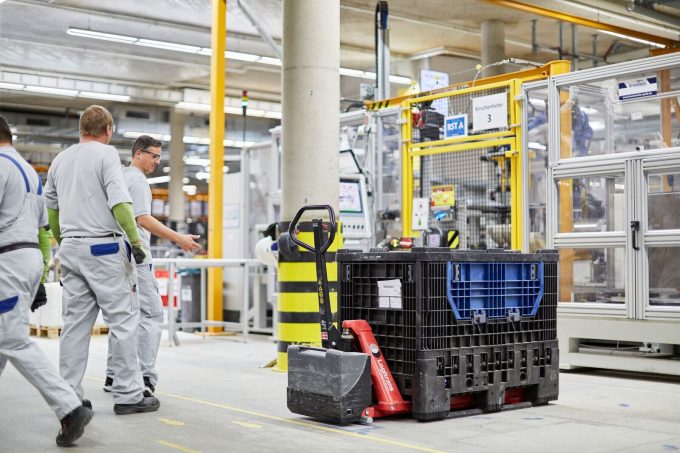Ammonia finding favour as fuel after vessels carry it safely as cargo
This week a new car carrier design, with an ammonia tank designed by HD Hyundai ...

The automotive industry will be able to transport lithium-ion batteries in a safer and more sustainable way following the launch of new re-usable packaging.
Developed by Chep, with original equipment manufacturers (OEMs), the packaging will help prevent fires, one of the biggest problems in the transport of lithium-ion batteries.
However, the new solution is not economically suited to the small volumes of batteries permitted to be carried by air, instead it’s designed for larger quantities which can be transported by road or rail.
Lithium-ion batteries ...
Volcanic disruption at Anchorage could hit transpacific airfreight operations
Shippers snap up airfreight capacity to US ahead of tariff deadline
New price hikes may slow ocean spot rate slide – but for how long?
Forwarders stay cool as US 'liberation day' tariffs threaten 'global trade war'
Tighter EU import requirements proving 'a challenge' for forwarders
Supply chain delays expected after earthquake hits Myanmar
Looming Trump tariffs will create 'a bureaucratic monster' for Customs

Comment on this article